


Powerless GPS units and broken compasses spell disaster for the over-reliant and unprepared. Arm yourself with Active Junky’s natural ways to orient yourself by the moon and stars. No matter how many compasses break, you’ll never be lost again—so long as there’s a clear night sky.

Moon-shadow tip method: Like the sun, the moon also rises in the east and sets in the west. On a bright, moonlit night, the shadow tip method may be an option.
Crescent moon method: Follow a line from the two points of a crescent moon down to the horizon. In the northern hemisphere, this is approximately South. In the southern hemisphere, approximately North. This method works better when the moon is higher in the sky.
Northern Hemisphere

If you can see the Big Dipper, you can find North. Line up the last two stars in the “scoop” of the constellation then follow them up to the next brightest star in the sky. This is Polaris, the North Star.
Hanging off Orion’s belt is Orion’s sword. If the sword appears vertically, follow the series of stars downward to the horizon—this point is approximately due South. 1
Learn how to locate the Southern Cross, as Polaris is hidden from most of the southern hemisphere.

Have no fear, constellation illiterates, you can use any star to navigate. Lie down on your stomach, then set up one stick at eye level. Take a slightly longer stick and set it up behind the first so that when you line up the tops of the sticks, they point to a star. Wait a few minutes, and that star will appear to move. If it moves:
No need to memorize this—just visualize the globe’s eastwards rotation.2
Note: the closer to the equator you get, the less effective most methods become.
Sources:
1 http://www.smartbushcraft.com/how-to-navigate-using-the-stars-part-2/orions-belt/
2 http://www.almanac.com/content/find-your-way-without-compass